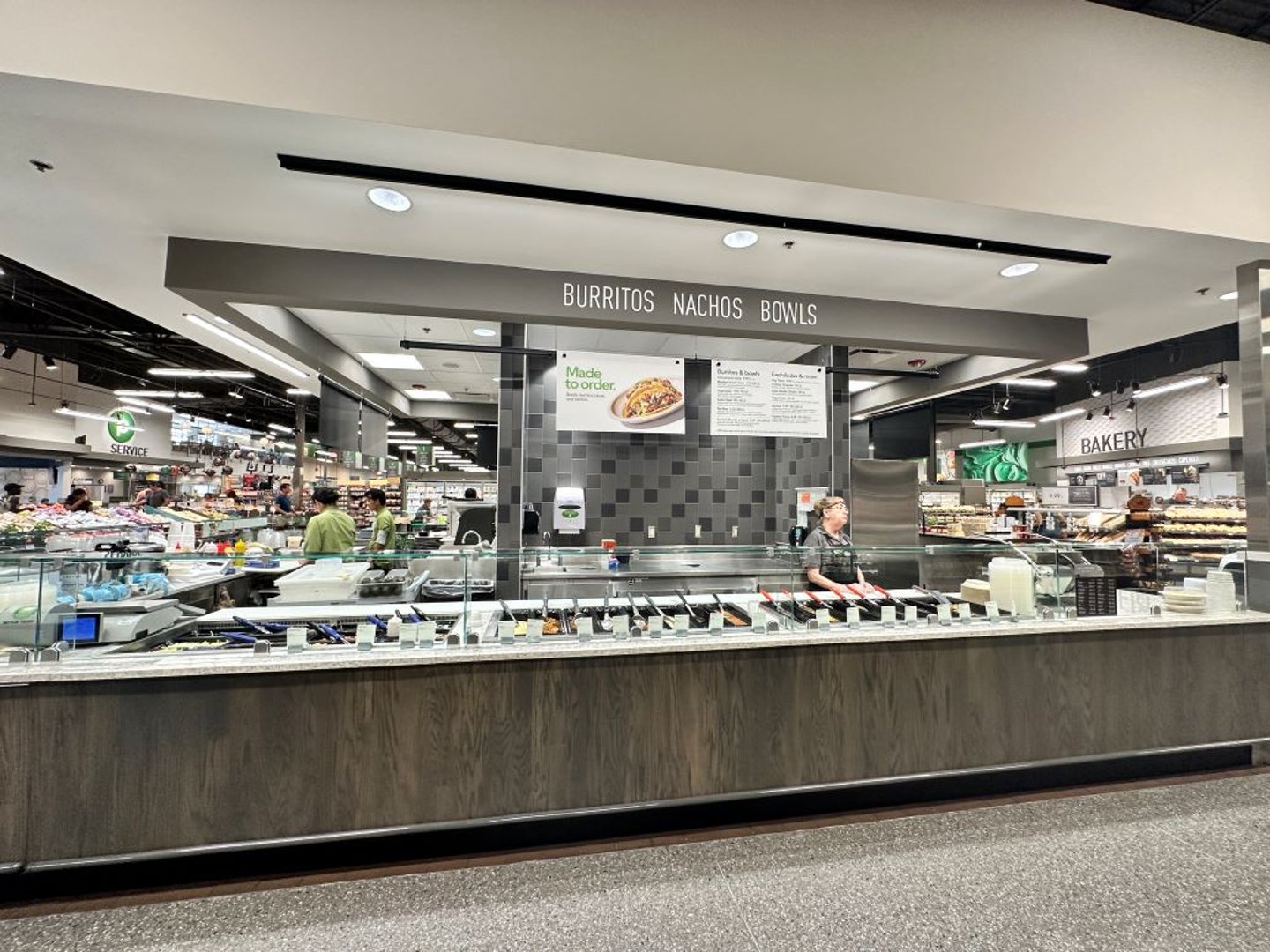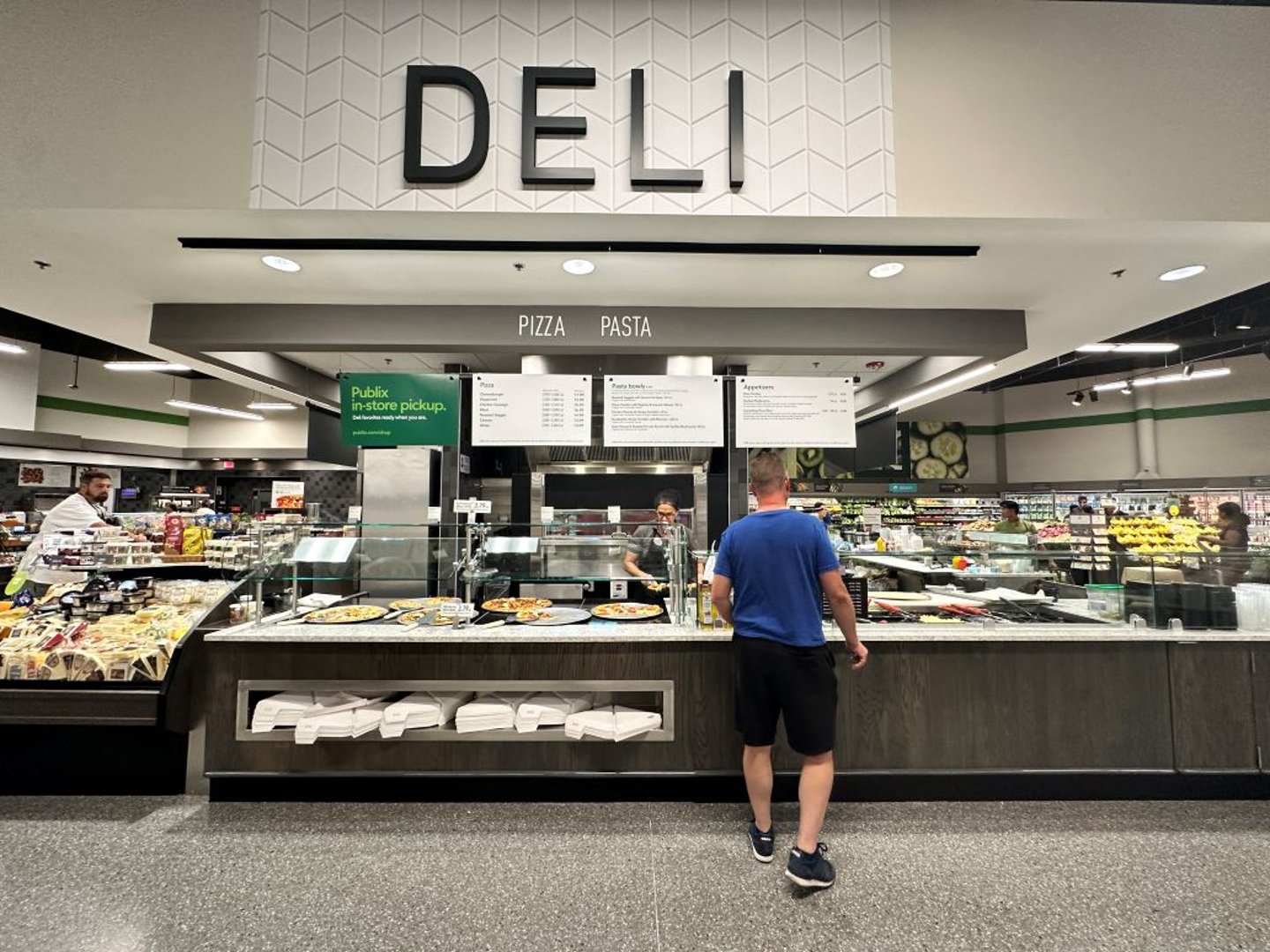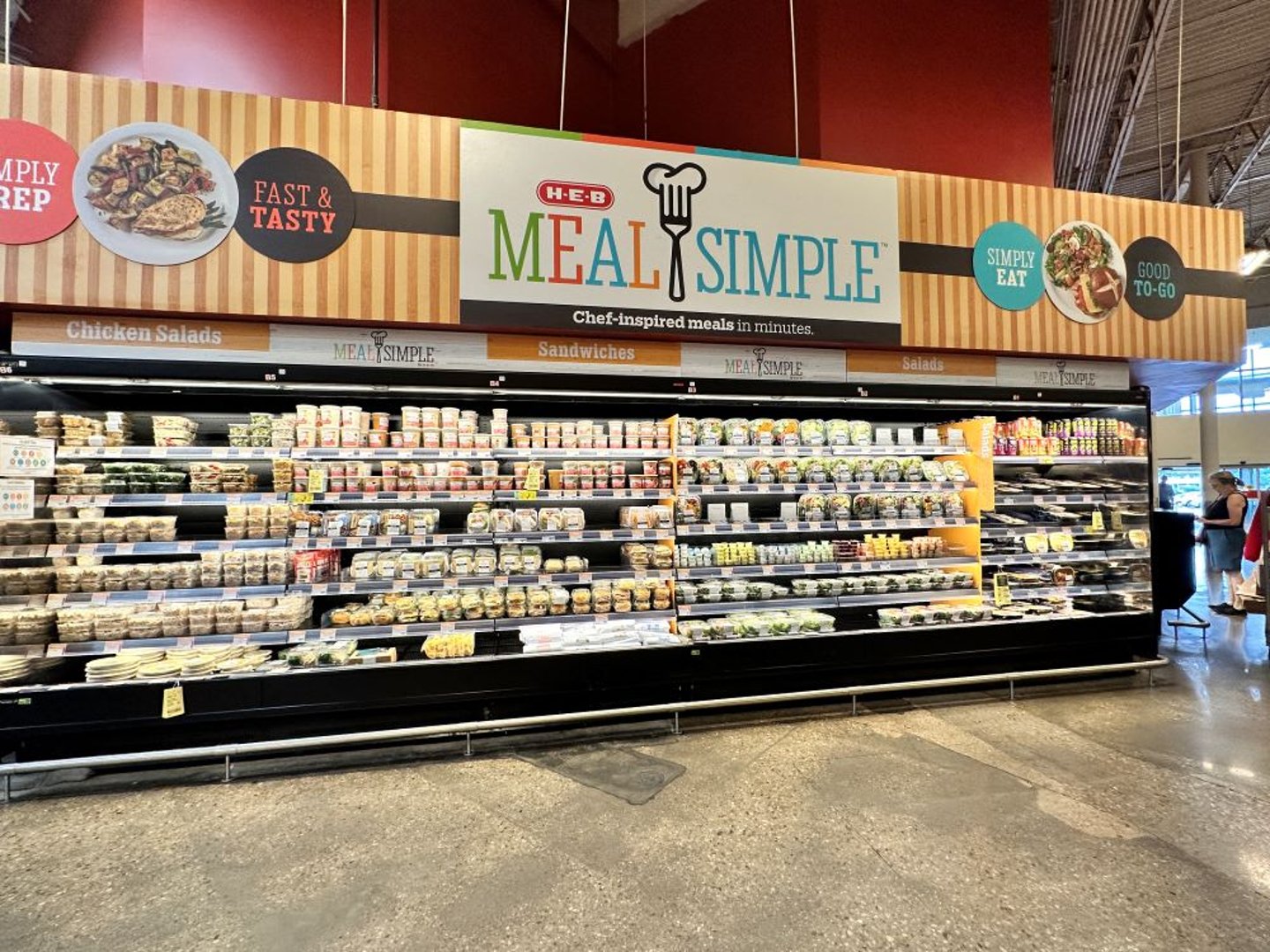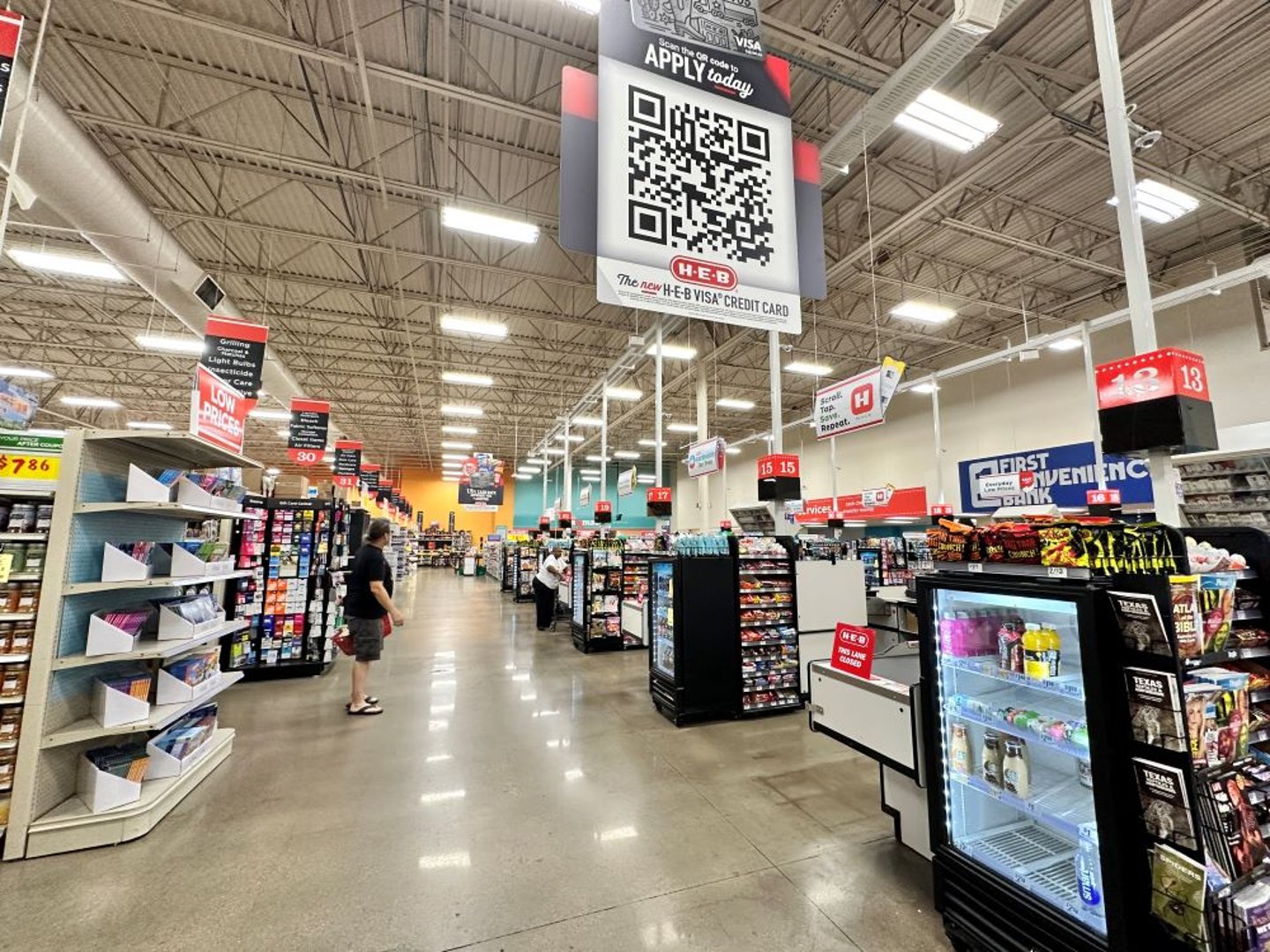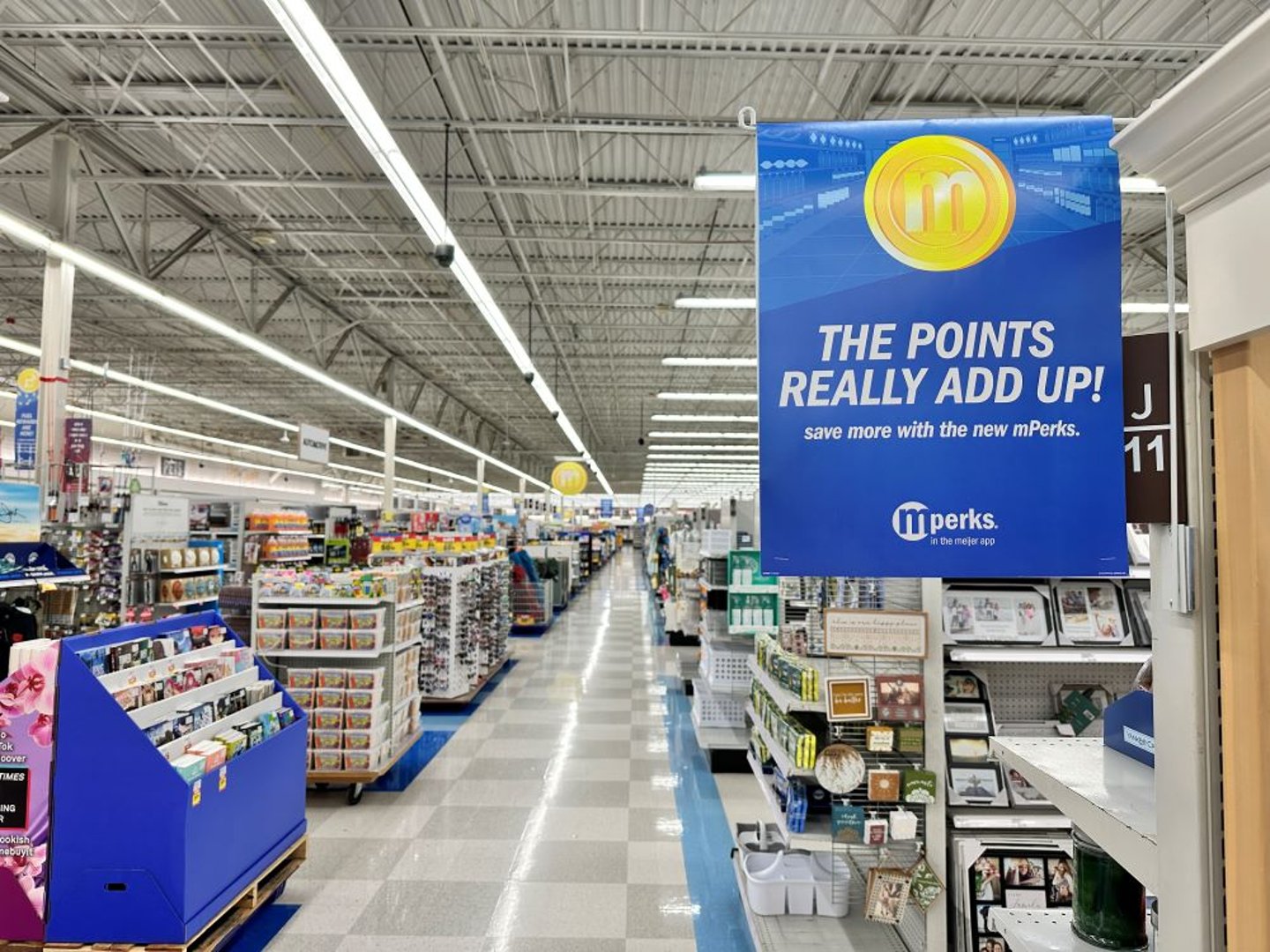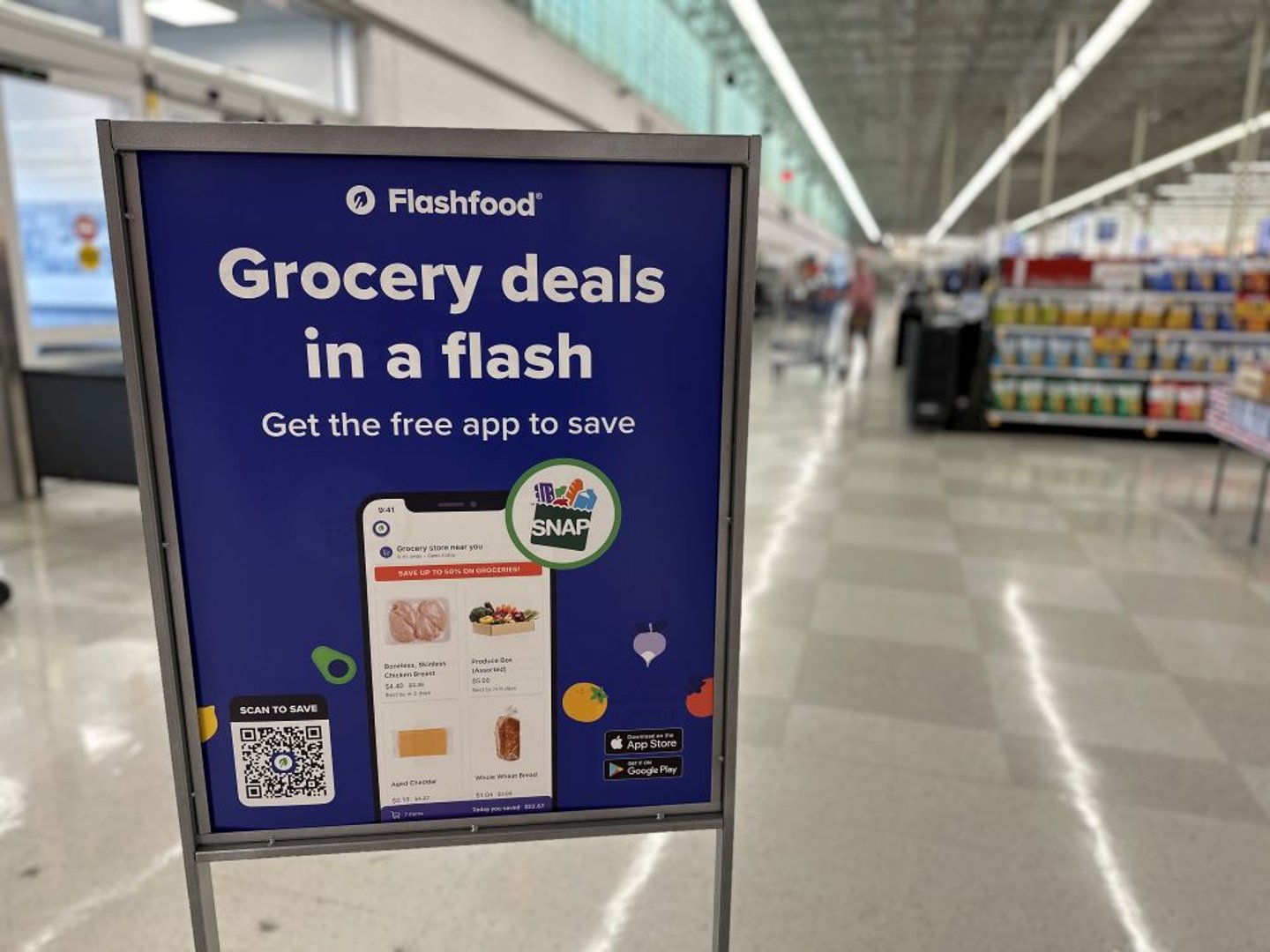The Best Regional Grocery Chains in America
It has always been said that competition and margins in the grocery industry are brutal, but this year feels especially hard.
For many traditional operators, pandemic-era sales boosts are long gone. Discounters are aggressively expanding at a time when the consumer is finding their value propositions more irresistible than ever. Recruiting and retaining employees continue to be top challenges. Costs are still up across the business, and consolidation is accelerating, with everyone waiting to see what happens with the proposed mergers of Kroger and Albertsons, and ALDI and Southeastern Grocers.
[Read more: "Progressive Grocer Unveils the Retailers of the Century"]
As larger food retailers enhance their offerings and gobble up competitors and market share, it has become harder for regional grocers to compete, unless you’re a regional grocer such as Publix, H-E-B or Meijer. These retailers are outsmarting the big players and growing by offering a hyper-local customer experience that’s highly differentiated.
Publix, H-E-B and Meijer have customer value propositions that can’t be ordered from Amazon, nor can they be found at a discounter. Each of these chains offers an experience and an assortment that are uniquely curated for the communities they serve, whether it’s drive-thru barbecue from H-E-B, or pressed Cuban sandwiches from the Publix deli, or one-stop shopping at Meijer.
Progressive Grocer congratulates the 2023 class of Super Regionals — the best regional grocery chains in America.
Publix Super Markets
$54.5 billion in 2022 revenue, 1,351 stores
A lot of the chatter in the industry this year has been focused on the Albertsons-Kroger merger, so it might have been easy to miss the fact that Lakeland, Fla.-based Publix Super Markets has opened 51 stores since 2022. No other traditional supermarket operator is growing profits and expanding its footprint like Publix is. The country’s largest employee-owned company, with more than 250,000 associates, is quietly becoming the dominant traditional grocery operator in the Southeast.
In 2022, the company, with annual revenue of $54.5 billion (a 13.5% increase from 2021), broke ground on its first store in its eighth state, Kentucky — another quiet milestone for a grocery chain that’s on an aggressive, more national expansion push.
This summer, the company opened 11 locations throughout Florida and Georgia and revealed a forthcoming second location in the Hampton Roads area of Virginia in early 2025, with a 48,387-square-foot store planned for the city of Chesapeake. Additional stores in the cities of Suffolk and Virginia Beach are currently in the pipeline.
In addition, Publix confirmed in late April that it has leased property for a new store in Carolina Shores, N.C. The approximately 45,000-square-foot location will have all of the usual Publix amenities and will mark the company’s third location in Brunswick County, with others operating in Oak Island and Ocean Isle Beach.
The company’s supermarkets vary in size, but prototypes range from 28,000 to 55,000 square feet. Stores are often located in shopping centers where the company is the anchor tenant (the majority of the company’s supermarkets are leased). The company supplies its supermarkets from nine primary distribution centers located in Lakeland, Miami, Jacksonville, Sarasota, Orlando, Deerfield Beach and Boynton Beach, Fla.; Lawrenceville, Ga.; and McCalla, Ala. A new distribution center is currently under construction in Greensboro, N.C., which could fuel yet more expansion for the chain.
Yet store count isn’t the only aspect of the Publix business that keeps growing.
In August the company reported another impressive period of earnings, with $14.1 billion in sales, an 8.9% year-over-year increase, in the second quarter. Same-store sales for the three months ended July 1 increased 6.2%, and net sales increased 74.7% to $1.1 billion, compared with $628 million in 2022.
Earnings per share for the quarter increased to 33 cents per share, up from 18 cents per share in 2022. The company’s sales for the six months ended July 1 were $28.4 billion, an 8.6% increase from $26.2 billion in 2022. Same-store sales for the six months ended July 1 increased 6.3%.
Last year at the groundbreaking in Kentucky, CEO Todd Jones said: “More than 90 years later, we’ve kept true to our values, including supporting the communities in which we live and work. We look forward to sharing the Publix difference with Kentuckians.”
The “Publix difference” is clearly resonating with consumers across the Southeast who want a great shopping experience from a retailer that prioritizes customer service, technology and sustainability.
In August, Publix was named to Newsweek’s 2024 America’s Best Customer Service list, ranking No. 1 in the supermarket category for the sixth year in a row.
Also in August, the retailer made public its plans to build a $50 million technology campus near its headquarters in downtown Lakeland as it looks to ramp up its focus on omnichannel options for customers.
Additionally, in February, Publix hosted a Hunger Summit at its headquarters, where Jones explained the company’s focus on feeding the hungry. He said that food insecurity is “continuing to grow. More and more people in our country, in our backyard, right here in Lakeland, are having more difficult times putting meals on the table. ... Food insecurity is a really big priority for us.”
Jones added that fighting food insecurity and giving back to communities is one of the six pillars the company was built on.
“The first pillar is customer value,” he said. “I was asked earlier: ‘What are you doing to help with inflation?’ Well, being passionately focused on customer value means being more efficient. It means taking information that we have, like we’re working with our business partners, and sharing how can we complement each other so that we can add more value to the communities that we serve, the customers that we serve.”
The second pillar, Jones said, is to be intolerant of waste, while the third is “to be dedicated to the dignity, the value and employment security of our associates. ... It’s what Mr. George [Jenkins] founded the company on. It’s their company. They’re the owners. It’s their opportunity to grow with the company, and we need to continue to be dedicated to that employment security,” he noted.
“The next pillar is to be devoted to the highest standard of stewardship for our stockholders,” Jones continued, with the last pillar being responsible citizens in Publix’s communities, “whether it is working on environmental issues or helping people who have home insecurities,” as he put it. “We’re involved with Habitat for Humanity to make sure that we can help where people don’t have shelter. And then lastly, of course, food insecurity.”
Jones became emotional talking about this last but most important topic. “I’ve never not had a meal,” he explained. “I’ve had to trade off a lot of other things in my life, but there was always a roof over our head, and there was always food there to eat. A wonderful guiding principle from my parents helped me understand the importance of that. And with little means, it was amazing what my parents always did to sacrifice personally to do for others that have even a lot less than what we have. Publix founder Mr. George came from that, and he had very humble beginnings, and he knew the importance of it. So it’s just important for us to continue that legacy.”
H-E-B
$38.9 billion in 2022 revenue, 425 stores
When shoppers walk into an H-E-B store, there’s no mistaking the location for any other food retailer. That’s because pure Texas character oozes from every corner of the company’s 425 stores. Shoppers love the San Antonio-based grocer for its hyper-local fixation on all things Texas, from house-made butter tortillas to Lone Star State-themed home décor to a huge selection of locally grown citrus and other produce.
In July, the retailer, which also operates various banners in Texas and Mexico and has annual revenue of $38.9 billion (a 14% increase from 2021), opened a 118,000-square-foot store in McKinney, Texas, the company’s third in the Dallas-Fort Worth region. Filled with state-of-the-art amenities and innovations that H-E-B is known for, the McKinney store has such distinctive features as a True Texas BBQ; a full-service H-E-B Pharmacy with a drive-thru; a fuel station and car wash; and a Home by H-E-B home décor department featuring furniture, woven textiles, and accent pieces from the Haven + Key and Texas Proud collections.
At a time when other grocers are paring down their square footage, H-E-B keeps sticking to its “Everything Is Bigger in Texas” strategy of opening large physical locations. The McKinney store also offers H-E-B Curbside and Home Delivery, two offerings that H-E-B continues to accelerate.
In September, H-E-B opened a new e-commerce fulfillment center (EFC) in Katy, a project that aims to expand the retailer’s commitment to integrate innovative technologies that drive omnichannel growth and provide a more convenient and better shopping experience for Texans. At more than 100,000 square feet in size, the facility is the largest e-commerce fulfillment center for the company, coming in at twice the size of previous facilities.
H-E-B’s first stand-alone location, at 2102 Elrod Road, the Katy EFC will support H-E-B Curbside and Home Delivery orders. According to the company, the EFCs stock goods found in stores and are used to satisfy Curbside and Home Delivery orders. These facilities allow for more capacity, greater efficiency, less aisle congestion for the in-store shopper and better product availability. To help streamline the process and boost productivity, the facilities use various forms of automation to help employees — or, as H-E-B calls them, “Partners” — throughout the order process. With these centers, H-E-B has grown its Curbside and Home Delivery services, which are available at more than 270 stores in Texas.
“We’re excited to utilize this facility to support the Houston area, one of the largest markets for our company,” said Kedar Patel, H-E-B group VP of e-commerce, when the Katy EFC opened. “Across our business, we are adopting innovative technologies that give our Partners the tools they need to provide great service and a top-quality shopping experience for our customers.”
The Katy facility marks H-E-B’s seventh EFC that the company has opened since 2018. By the end of next year, H-E-B says that it plans to open additional facilities across the state to help support the retailer’s expansion throughout Texas.
And, as if it weren’t enough to leverage hyper-local curation and technology, this year H-E-B also got into the movie business.
The grocer teamed up with award-winning filmmakers to release a series of documentary films highlighting stories of dedicated Texans and organizations conserving wildlife habitats, landscapes and parks across the state. The five-part docuseries aims to bring attention to important work being done across the state to protect delicate wildlife habitats, threatened animal species, and the wonder and splendor of the Texas outdoors.
“H-E-B has a deep commitment to support all Texans, and that includes helping to protect, conserve and beautify our great state for people to enjoy now and for generations to come,” said Leslie Sweet, managing director of sustainability and environmental affairs, when the docuseries debuted in late August. “We’re excited to support these passionate filmmakers and their mission to tell important stories that we hope will inspire people to celebrate and protect the diverse habitats, unique wildlife and beautiful landscapes across Texas.”
Meijer Inc.
$20.5 billion in 2022 revenue, 500-plus stores
Meijer is a Super Regional that built its reputation and loyal following as a supercenter, but the privately owned, family-operated retailer is also looking to its smaller-scale origins as it charts a course for the future.
One notable example is the addition of the Meijer Grocery banner to the considerable stable of Meijer stores. The first two of these moderate-footprint stores opened this past January in Lake Orion and Macomb Township, Mich., featuring in-house meat cutters and cake decorators, grab-and-go prepared foods, a drive-thru pharmacy, and wider aisles for easy navigation, among other amenities. The stores occupy a space between 75,000 and 90,000 square feet, compared with the 150,000- to 250,000-square-foot span of the chain’s supercenters.
“I’m so excited to bring a neighborhood shopping experience here, whether a customer needs to come because they forgot three or four items or they need to do an entire week’s shopping trip — we are just the right size to accommodate those,” Mary Kimbrough, store director for the Lake Orion location, told Progressive Grocer at the grand opening.
Executive Chairman Hank Meijer — whose father, Frederik, and grandfather, Hendrik, founded the business in 1934 — noted at the time of the unveiling that the retailer is covering all kinds of ground in response to today’s consumer lifestyles.
“As a company, we’ve opened more than 500 supercenters, neighborhood markets and Meijer Express locations, and that feeling of excitement and anticipation as you welcome customers in for the first time never gets old,” he said. “But opening the doors of these stores feels particularly special because of the unique need they’ll fulfill in our customers’ everyday lives.”
To Hank Meijer’s point, the Grand Rapids, Mich.-based company is pursuing growth across multiple avenues. Even as Meijer Grocery stores were welcoming their first shoppers, the retailer also opened new supercenters in Warren and Wooster, Ohio, and Elkhart, Ind., this year.
Diversification extends to assortments, too. As consumers seek value without sacrificing enjoyment in the current climate, the company’s private label line, Frederik by Meijer, has thrived. Earlier this year, Meijer revealed that it’s seeking elevated food products from manufacturers around the world in a bid to add more global flavors and variety to the portfolio.
The retailer is broadening its pipeline of vendors in other ways as well, dovetailing with its environmental, social and governance (ESG) efforts. A one-day Black Business Month Summit at the corporate office over the summer drew several Black business owners who demonstrated the quality and value of their products directly to buyers. Meanwhile, a virtual summit slated for October was created to connect Meijer merchants with suppliers that produce sustainable items across several categories.
More vendors, more banners and more products, along with a decided shift in shopper behaviors, are leading Meijer to invest more heavily in grocery technology. The new Meijer Grocery stores, for example, offer a Shop & Scan option that allows customers to scan barcodes via the Meijer app and bag items as they go. The company’s mPerks loyalty program and accompanying app continue to be enhanced, too.
As the private company continues on a multipath journey to growth across its footprint in the Midwest states of Michigan, Ohio, Indiana, Illinois, Kentucky and Wisconsin, its leaders continue to follow its founders’ community-centric mindset and heed Hank Meijer’s proclamation: “It’s not enough just to make a big gift to a great cause — it’s also the willingness to be a part of it.”
Meijer’s Simply Give program is a testament to that, from the annual Meijer LPGA Classic to regular donation drives. This year’s golf tournament in June drew 25% more attendees and raised $1.25 million for Simply Give, with the help of hundreds of company volunteers. Additionally, in early 2023, Meijer became the first retailer to accept Supplemental Nutritional Assistance Program (SNAP) benefits through the Flashfood app, which enables shoppers to buy close-to-end-date food at a deep discount.
To be a good neighbor and business leader, Meijer has invested $1.5 million since 2022 to help clean up the Great Lakes through a partnership with the Council of the Great Lakes Region. Those donations helped fund robot and drone litter-capture technologies, and many Meijer team members took part in beach cleanups.
This wide lens of growth is paying off at Meijer: According to the annual PG 100 list of the top food and consumables retailers in North America, sales rose 9.51% during the company’s last fiscal year.


